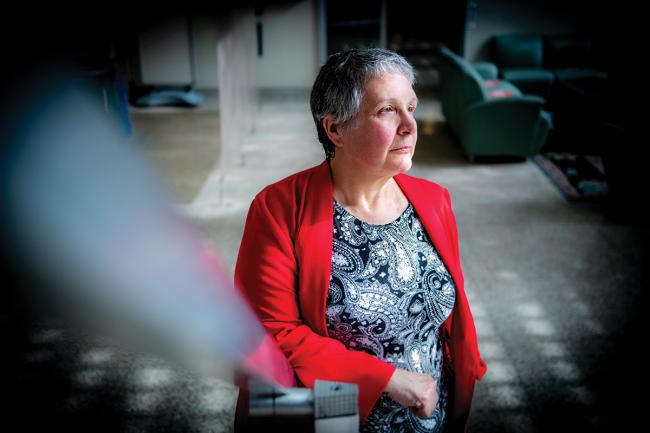After years of studying HIV transmission, Susan Hassig (PHTM ’84, ’87), associate professor of epidemiology at the School of Public Health and Tropical Medicine, became a go-to media source on the prevention and spread of COVID-19.
Her insights on how the virus spreads in places like salons and restaurants offered practical information for everyday situations and were widely reported in outlets including Conde Nast Traveler, Business Insider, Fox News and The New York Times.
Hassig, an epidemiologist, saw similarities between the emergence of the coronavirus in 2020 and HIV/AIDS in the 1980s, when preventing the spread of HIV prompted huge shifts in human behavior.
“I see some real parallels, and the pushback — in terms of the kinds of things that will prevent coronavirus — feels, to me, very similar to what we experienced in trying to do HIV prevention,” she said.
After she earned a doctor of public health degree at Tulane, Hassig worked for Tulane on a project run by the Centers for Disease Control and Prevention and the National Institutes of Health in the Republic of Zaire (now known as Democratic Republic of the Congo). She returned to New Orleans for a Tulane faculty position in 1996.
“[Tulane] had the kind of strong international focus that, as a returned Peace Corps volunteer, I was looking for,” she said.
Hassig said HIV research over the past decades provides a foundation for today’s coronavirus research. In the future, she hopes to
study COVID-19 as well, but “a lot of the things I want to do probably are going to have to wait until the outbreak is over.”
Meantime, her classes in outbreak investigation and epidemiology have doubled in size. The developing nature of the pandemic can be beneficial to students.
“It gives an immediacy, in terms of what real-time public health is like, that is [otherwise] challenging to generate within a classroom setting,” Hassig said. “I’m constantly using the real-time experience in helping students to think, if you were at a public health agency right now, what kinds of decisions would you have to make?”
One easy decision can be to mask up. “I’ve tried to make it fun with interesting designs,” Hassig said. “Until this virus has gone, masks are going to be part of our lives.”































































